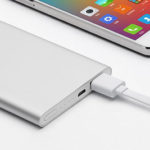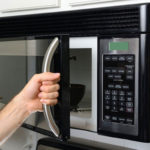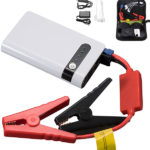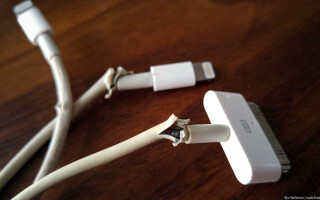What to do in those unpleasant cases when the phone does not charge, not every owner of the device knows. There are several reasons for such a problem. To find out exactly where the problem occurred and why the phone does not charge, you need to follow all the functions of the apparatus. After all, not always the problem lies in the charging device itself.
Contents
The cable doesn't work
A broken cable is the most common reason why the phone does not charge. USB charger cable is not known for its durability, and if it is also a Chinese fake, the wire can simply not pass the signal to the phone. Other causes:
- damage to the wire;
- clogged USB connector.
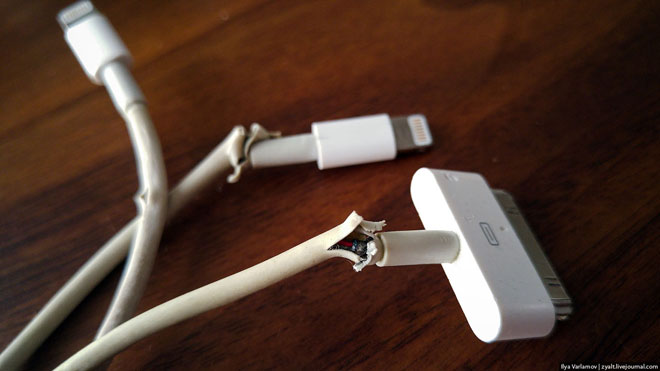
Most often the cable is damaged in the bends. The wire itself or the sheath may be damaged. Moisture and dust get inside the cable through a torn sheath, which can also be the cause of cord breakage. Faulty wire can be simply wrapped with duct tape, the USB connector can be cleaned with a small brush if it is clogged. If after that the phone still does not see the charger, but charges from another cable, then the wire may have burned out or the problem may be in the power supply unit.
Broken adapter
The smartphone works properly, the cable is not damaged, but the device still does not charge. In this case, the damage may be hidden in the adapter, which is inserted into the socket. It also has a USB connector, which should be checked for contamination and cleaned if necessary. All power adapters have an indicator light located on the case. If the adapter is working properly, the LED lights up. If it doesn't, then the LED is burned out, but then the power supply should still work. Lack of charging signals that the adapter itself is broken.
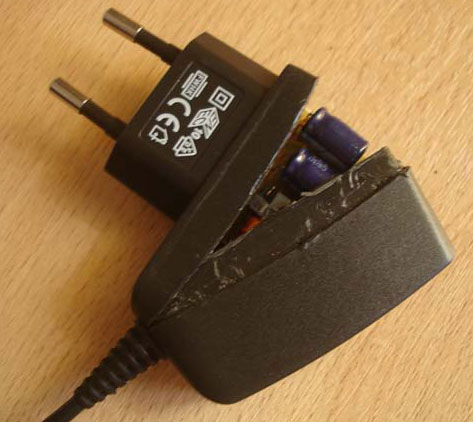
Phone jack
The phone jack is a fragile thing. It is not uncommon for this element of the device to be the first to fail. Minor damage prevents current from flowing to the device and the phone does not see the charger, although the wires and adapter are working properly.
If your phone stops charging, you should check the connector for dirt, moisture, dust, or small foreign objects. The most common problem with a dirty connector is encountered by women who carry their smartphone without a case in their bag with other things. If the connector is dirty, you can clean it with a brush soaked in alcohol, and remove small objects or clumps of dust from the holes with a toothpick.
In addition to dirt, you need to check the integrity of the connector parts and the lack of deformation of the module itself. Some craftsmen remove the phone jack and repair it separately. Not everyone can do it at home, but you can notice the damage by looking at the module under a bright light.
To be sure that the phone jack is working properly or not, you only need to charge the battery. However, you will need a special charger for this. If everything works, the device itself is fine.
The battery is out of order
If the charger is working properly, the signal is coming to the phone, but the phone is not charging from the charger, the problem is most often with the battery. The longer the phone has been in use, the more likely it is that the battery is just dead. In addition, the battery can simply get damaged from a shock or improper use of the smartphone. Cheap devices have a weak factory battery that fails quickly.
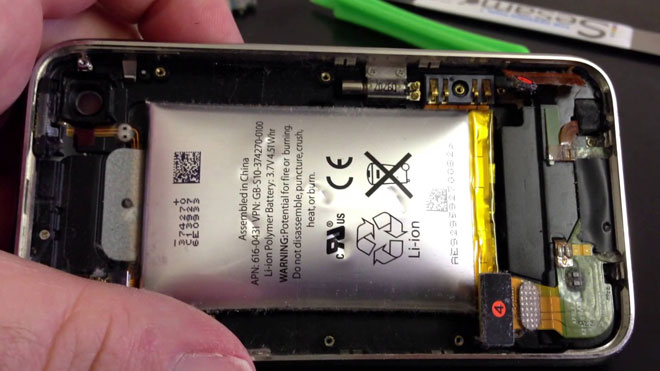
To check the battery, try connecting the phone to a charger, replacing the battery in it. If everything works, the old battery is faulty. The following factors signal that the battery is dying and may soon fail altogether:
- The phone does not hold a charge well;
- the device takes a long time to charge;
- The smartphone does not charge to 100%.
If the battery itself has swollen so that the back cover of the phone has become bulging, it is necessary to urgently replace the battery. Such a battery is defective and can damage the other elements of the device. A small deformation of the battery can be corrected, but it is better to buy a new battery for the phone and replace the part. Battery replacement is not possible only for Apple smartphones.
Incorrect operation of the software
If the breakage of the charger or parts of the device is excluded, and the phone does not charge fully or charging goes, but slowly, then there was a failure in the software. Some applications and even gadgets are capable of making adjustments to the smartphone software. If charging problems began immediately after you installed an application, it's worth uninstalling the program.
The problem may lie not in a single application, but in the cumulative work of the services that increase the charging time. In this case, you can download and install an application on your smartphone that is responsible for saving battery power. Reflashing the device and installing legal software will also help.
Often malfunctions in the work of the device are associated with viruses. Malware also affects the quality of charging the device. Special antivirus programs can help identify and eliminate the virus. If the program does not cope, then after self-diagnosis software should remove the virus-infected applications.
What is battery calibration
The process of calibration of the device sometimes helps to fix the problem if the phone does not charge, but the problem is not associated with damage to the cable, adapter, etc. Calibration is simple. You do it by completely discharging the device. Then take out the battery and put it away from the device for a few hours. After that, place the battery back in the phone and connect the device to the charger. After charging, take the battery out again and put it back in after a few hours.
Useful tips
If the device does not charge, it is worth studying the instructions for the device in detail. Often problems with charging arise due to improper operation. In such cases, it is not even worth carrying the device to the workshop for diagnosis. Turn to the experts should only be in a situation where the problem is associated with a breakage of any parts that cannot be repaired at home without special skills.
For the smartphone to last longer and not to have problems with its charging, you should monitor the condition of the device. Do not allow mechanical damage to the device, getting into the USB-connectors moisture, dust, etc. The smartphone should be carried in a carrying case or in a separate pocket of the bag.
Frequent discharging to 0% is detrimental to the battery. This causes the battery to become unusable more quickly. Therefore, you should monitor the state of charging and not allow the device to be completely discharged. Each phone has a "native" charger, which is sold with the device. It is always better to use it and change it for a similar one. Universal chargers are harmful to the device. And so that viruses do not attack software, you should protect your smartphone with an antivirus program and do not install questionable applications.
Related articles:
